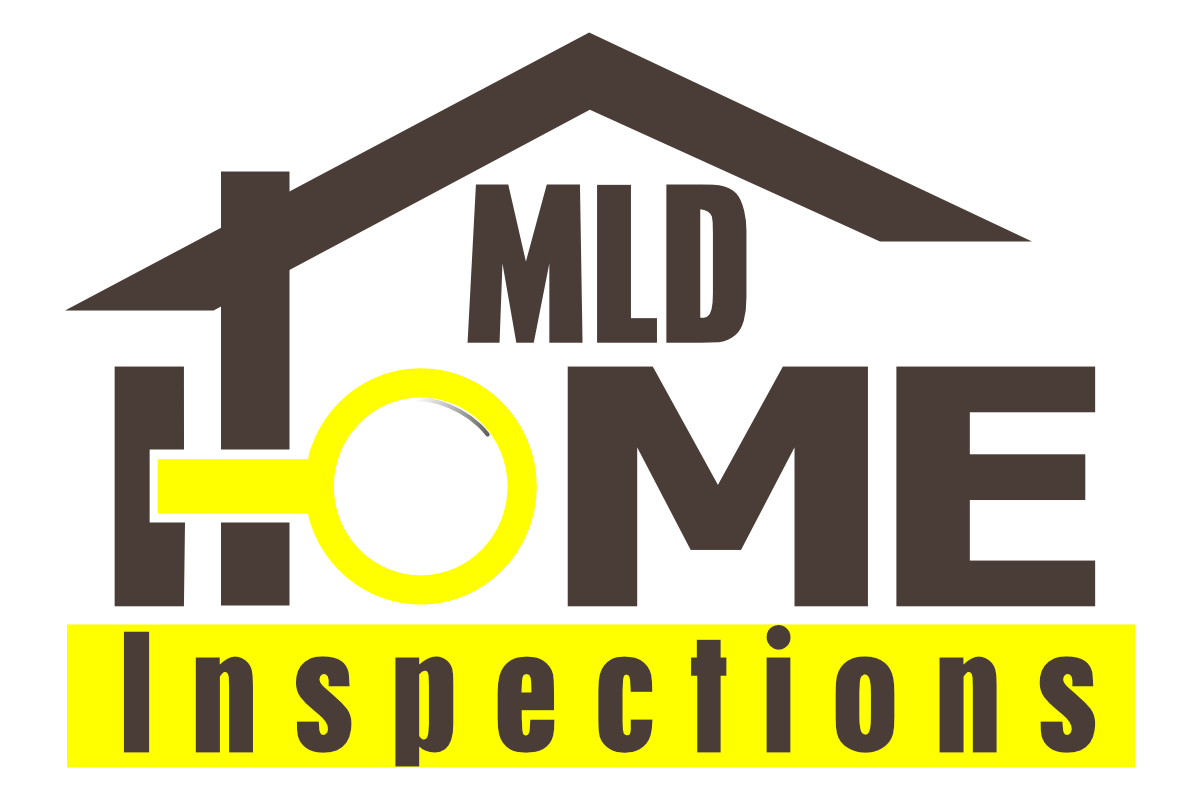
Interior
MLD Home Inspections covers all interior components of a home that could be overlooked by untrained eyes.
We will address your concerns and any major issues discovered. We will also mention the items that you will want to keep an eye on for maintenance. All of this will be detailed in my easy-to-read report that will be delivered in HTML and/or PDF format. From that report you’ll be able to see the items we discussed, with images for reference.
A typical inspection of the interior involves the following but not limited to:
Common attic defects
- Missing firebreaks
- Evidence of animal or insect infestation
- Chimney damage
- Insulation defects
- Condensation
- Mold
- Rot
- Dryer vents that terminate in the attic
- Ventilation defects
Condition of the Ceiling
- Low ceilings (They should be at least 7 feet tall)
- Leaks
- Touch-up paint, which can indicate an old leak
- Cracks
- Plaster lost key or plaster that’s popped away from the lath
- Asbestos ceiling tiles
- Nail pops
- Walls in wet areas can harbor hidden defects.
Condition of Walls
- Cracks
- Stains
- Impact damage
- Condensation
- Mold
- Missing tile grout
- Sealant gaps
- Soft wall areas in bathrooms and kitchens
Condition of Floors
- Sagging
- Waves
- Loose flooring
- Mold
- Condensation
- “Soft” floors that feel unstable or bouncy, especially in wet areas
- Trip hazards
- Common staircase defects found on stairs
- Handrails lower than 30 inches or higher than 37 inches
- Balusters spaced more than 6 inches apart
- Wobbly handrails or balusters
- Loose stair treads
- Risers taller than 8 inches or shorter than 7 inches
- Tread depth less than 8 1/4 inches
- Inconsistent tread depth and riser height
- Staircase doors with no landing
Functionality of all Windows
- Cracked or missing glass
- Broken multi-pane window seal (Look for foggy glass)
- Failing paint, putty and sealants
- Lower sash falls closed (This usually indicates broken sash weight rope inside the jamb)
- Sash won’t open (The window might be nailed, screwed, sealed or painted shut)
- Upper sash won’t lower
- Condensation
- Mold
- Missing locks
- Rot
- Missing or peeling paint
- Water stains around the window
- Egress fire safety issues such as too-small windows in bedrooms or bars that prevent egress
And much more…
